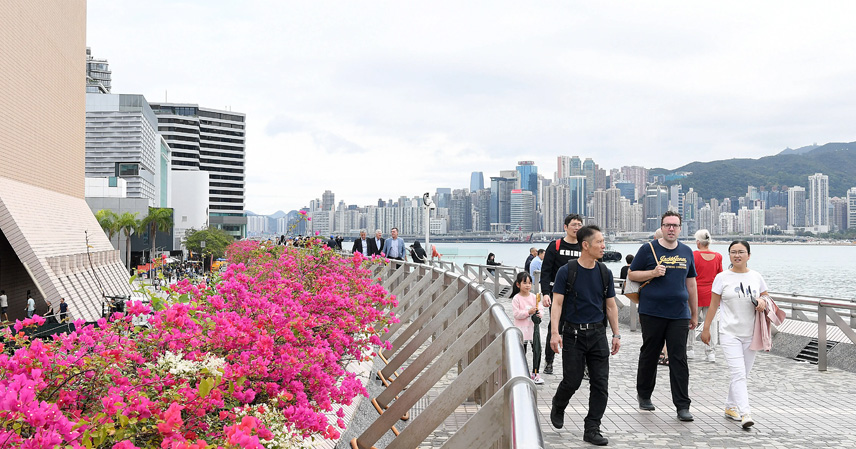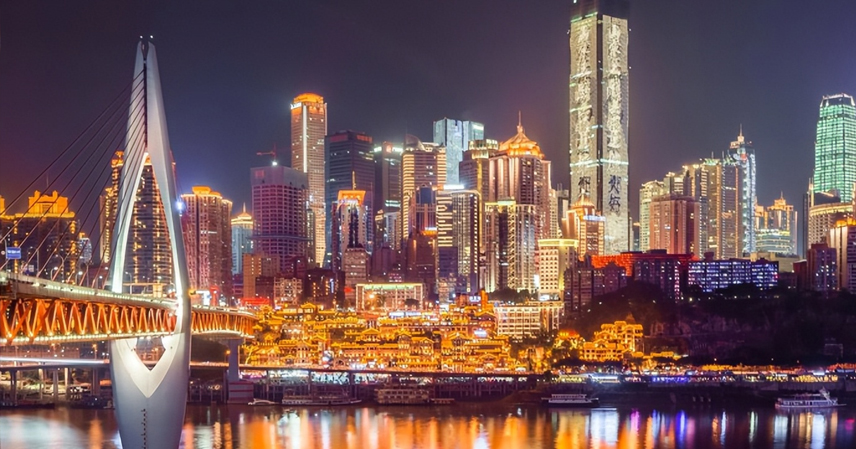Hong Kong, once the ultimate “shopping paradise” and tourist hotspot for mainland Chinese, is now fading from favor. The number of mainland visitors has plummeted, dragging Hong Kong’s tourism market from its peak to a stark low. Netizens don’t hold back: “Hong Kong brought this on itself, constantly pushing boundaries—its decline was inevitable!” But what’s really behind this fall? Why are mainland tourists turning away?
From Bustling Crowds to Empty Streets
Hong Kong’s tourism industry was once unstoppable. In 2003, when mainland China introduced the Individual Visit Scheme, Hong Kong became a must-visit. Shopping malls overflowed, Disneyland queues stretched for hours, and street food stalls couldn’t keep up. In 2018, Hong Kong welcomed 50.8 million mainland tourists, accounting for 78% of total visitors—a golden era when Hong Kong topped mainlanders’ travel lists.
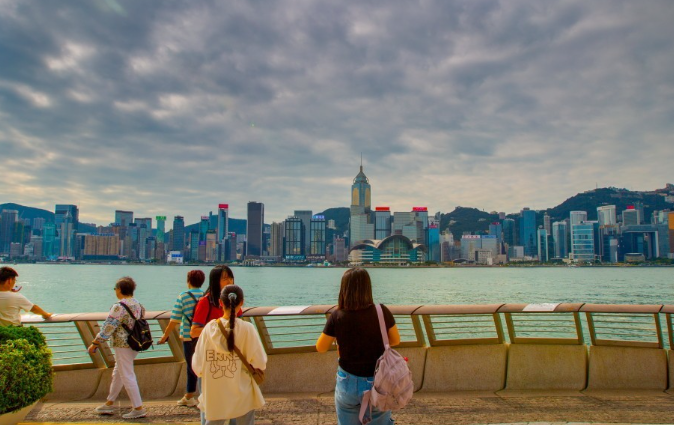
But the tide turned. By 2019, visitor numbers dropped to 43.6 million, down 14.2%. The 2020 pandemic cratered tourism, and even post-pandemic recovery has been weak, with only 27 million mainland visitors in 2023—a far cry from pre-pandemic highs. What killed Hong Kong’s appeal?
Service Woes: From Warm Welcomes to Cold Shoulders
Service attitude is a major culprit. Years ago, Hong Kong’s hospitality was legendary for its professionalism and warmth, making mainland tourists feel valued. But recently, complaints have surged about cold, dismissive, or even discriminatory treatment.
In 2015, a mainland tourist in a Causeway Bay luxury store asked about prices in Mandarin, only to be met with eye-rolling and eviction. In 2017, a Wuhan tourist at a Mong Kok teahouse faced a shouting waiter who couldn’t understand Mandarin, leaving them humiliated. Mainland tourists visit to spend and enjoy, not to leave frustrated—who’d return after that?
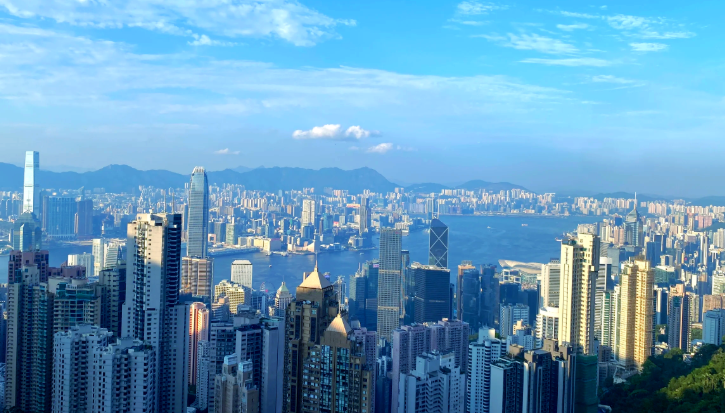
Cultural Clash: From Openness to Mutual Disdain
Hong Kong once felt like a cosmopolitan hub, embracing diverse cultures. But mainland tourists increasingly feel unwelcome. Value clashes have widened the gap. In 2018, a Hong Kong influencer posted a video mocking a mainland tourist squatting to rest, calling them a “rural rule-breaker.” The clip sparked outrage online, with mainlanders slamming Hong Kong’s “arrogance.”
In 2019, a Shanghai tourist in Mong Kok was told their Mandarin was “too loud,” making them feel like an intruder. These incidents, though small, piled up, straining relations. The 2019 social unrest was a turning point, with street clashes and online vitriol leading to a 39.1% plunge in mainland visitors. Many felt Hong Kong was unsafe and hostile, prompting a mental “divorce” from the city.
Outdated Infrastructure: Crowded and Underwhelming
Hong Kong’s facilities haven’t kept pace. Aging attractions and poor amenities drag down the experience. During holidays, places like Tsim Sha Tsui or Disneyland are packed, with public restrooms requiring long waits and barely a bench to rest on. In 2017, a National Day visitor to Ocean Park griped, “I’m exhausted, and there’s nowhere to sit except the ground!”
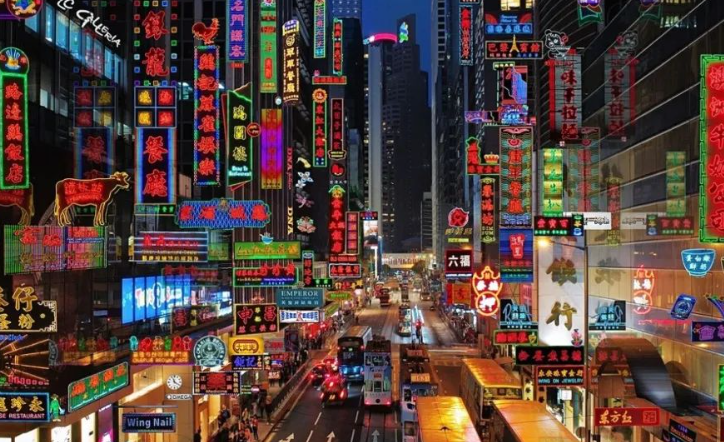
Meanwhile, mainland cities like Shenzhen and Shanghai have leaped ahead. Museums offer bilingual guides, food streets have baby-changing rooms, and high-speed rail stations boast clear navigation. Hong Kong’s stagnation pales in comparison. As one netizen put it, “Hong Kong’s infrastructure? Mainland cities left it in the dust.”
Fierce Competition: Global Rivals Steal the Spotlight
Hong Kong isn’t just failing itself—competitors are outshining it. Thailand, with its affordability and visa-free policy, draws crowds. Singapore’s night zoo and light shows captivate families. One netizen ditched Hong Kong for Thailand, citing “better service and value.” In 2019, Thailand hosted 11 million Chinese tourists and Singapore 3.6 million, while Hong Kong’s allure dimmed. With more choices, Hong Kong went from “must-visit” to “optional.”
Can Hong Kong Bounce Back?
Tourism thrives on trust and joy, but Hong Kong’s recent vibe screams, “You’re not welcome.” A regular visitor lamented online, “Hong Kong doesn’t want us anymore.” It’s a simple sentiment, but it echoes widely.
Post-pandemic, Hong Kong has tried to recover. In 2023, it hosted 140 major events, like the Asia Fruit and Vegetable Show and Hong Kong Dragon Boat Carnival, boosting total visitors to 34 million, including 27 million from the mainland. But that’s still far from its peak.
Is Hong Kong’s tourism doomed? Not yet. Its cultural depth, prime location, and global vibe are unique strengths. The government and Hong Kong Tourism Board are pushing the “City of Vibrant Events” campaign, with sports and cultural festivals to rebrand the city. A 2023 Quality Tourism Services Pledge aims to fix service attitudes.
Early 2024 showed slight recovery, but events and slogans alone won’t cut it. To win back mainland tourists, Hong Kong must improve service, soften attitudes, upgrade infrastructure, and, most critically, rebuild trust. If it clings to its old ways, decline is certain.
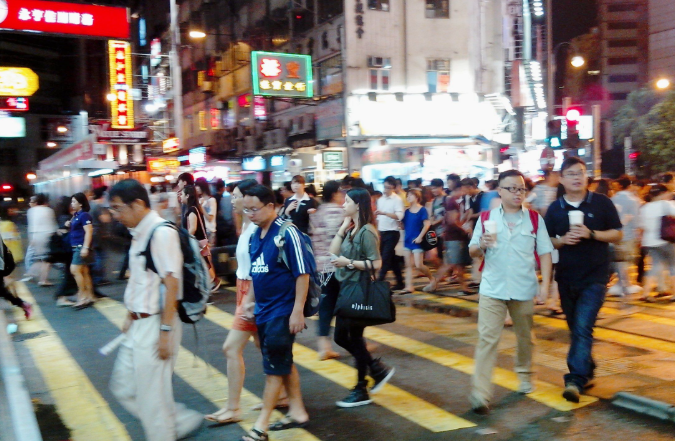
Conclusion: A Self-Inflicted Wound
Hong Kong’s loss of the mainland tourist market isn’t sudden—it’s the result of poor service, cultural clashes, outdated facilities, and fierce competition. By testing mainlanders’ patience, Hong Kong has pushed them away. Now at a crossroads, it can sink or rise. The choice is Hong Kong’s, but it needs sincere effort—better service, warmer attitudes, and stronger experiences. Mainland tourists aren’t unforgiving, but Hong Kong must prove it deserves another chance to shine as the “Pearl of the Orient.”
References:
- Hong Kong Tourism Board data (2018–2023)
- Consumer feedback from Chinese social media platforms
- Reports on Hong Kong’s tourism decline and regional competition

